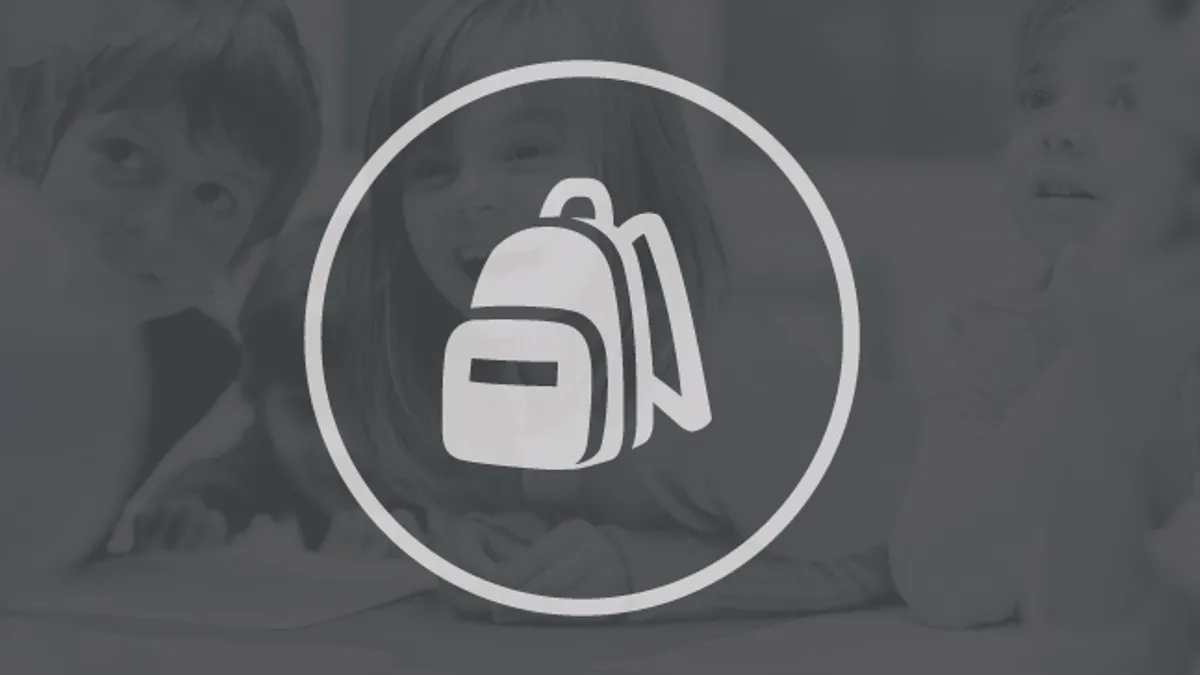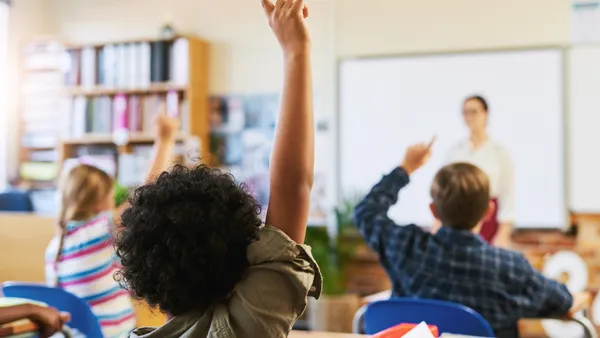This third installment of our Pre-to-3 column looks at one of the topics to be discussed next week at the National Association for the Education of Young Children conference.
Next week, more than 7,000 early education teachers, program directors, researchers and early learning experts will gather in downtown Atlanta to learn from each other and pick up strategies and resources to take back to their states and communities.
While the National Association for the Education of Young Children’s annual conference largely attracts educators and administrators who work in child care, Head Start and preschool programs, several topics to be addressed during the week have implications for district and school leaders focusing on strengthening instruction in the primary grades.
In one session, Chip Donahue, the dean of Distance Learning and Continuing Education and the director of the Technology in Early Childhood Center (TEC) at the Erikson Institute in Chicago, will lead a discussion about what has changed since NAEYC and The Fred Rogers Center issued a position statement focusing on technology and digital media use among young children up to age 8.
Young children’s access to technology has clearly increased. Just last month, Common Sense Media released findings from its media use census, which show that 80% of families now have a tablet computer in the home, compared to 10% in 2011, and that children under 8 spend roughly 48 minutes a day using mobile devices, almost 10 times the number of minutes they were using mobile devices in 2011.
The joint position statement was issued in 2012 when the iPad was relatively new and there was still “a lot of contention in the field” related to the role of digital devices in early-childhood classrooms, Donahue says.
“We had to make some leaps of faith there,” Donahue says about statement. “We had reason to believe that this touch screen technology was the game changer, but we didn’t have the evidence.”
Now, he says, there is wider consensus about the value of devices in helping young children learn and demonstrate what they know. In fact, in some cases, “we got excited about the device and stopped asking important questions about the content,” he says.
Even in one-to-one classrooms and in those with personalized learning approaches, it’s important for educators to gain expertise in connecting what students are doing digitally to other small and whole group learning opportunities.
Fortunately, resources are more widely available to help educators select apps and other digital content that push children to share their thinking and interact with peers and family members. Common Sense Education rates and reviews apps, games and other technology, and the American Association of School Librarians announces the Best Apps for Teaching and Learning every year. In "Tap, Click, Read," Lisa Guernsey of New America and Michael Levine of the Joan Ganz Cooney Center also wrote about how high-quality digital media can support early literacy skills in the classroom and at home.
There is also a growing role for educators who have expertise in technology integration, Donahue says. In the Cherokee County (GA) School District outside of Atlanta, for example, six teachers serve as instructional technology specialists, and each one is responsible for an “innovation zone” in which they provide one-on-one, small group, whole-school and even zone-wide training on how digital materials fit into lesson planning. In addition, they work with instructional lead strategists at each school to determine how digital materials can meet specific needs among students.
The TEC Center at Erikson has also created a professional development initiative in which early-childhood educators train to become TEC Mentors. With knowledge of child development, the mentors coach teachers on how to blend technology into classroom instruction.
“We still see a gap in that notion of what do to [with the devices],” Donahue says, but adds that now early educators are asking for support. “That’s an important shift — we have these things and let’s do interesting things with them.”













